The Transformations in Online Marketing Nobody Is Talking About
While leading publications in digital marketing excel at trumpeting fads and seasonal trends, the more comprehensive analyses attempting to paint an overall picture of this rapidly moving industry are rare. Ironically, it is often in the blind spots of the daily cacophony, shielded from the background noise, that lurk trends capable of permanently disrupting our field.
So we listened in silence, tuning into the deep currents of our fascinating ecosystem. We bring you our findings with a dual goal: first, to bring you up to speed with the changes that may soon disrupt the very foundations of our work; and secondly, we hope that these disruptions will prompt in you, as they did in us, a thoughtful consideration of the future of our professional domain. Far from quarterly reports and daily technological news, we wish for you to glimpse, in the folds of the horizon, the reshaped contours of an industry that makes you proud to be a part of it.
Without further ado, here are 10 hidden digital trends that 2024 has in reserve for us, as identified by the experts in the Performance department at Click & Mortar.
David Desmarais – SEO makes way to SXO

“In this new era, content must be engaging, captivating and, above all, created with a genuine intention to serve the reader.”
The assistance of artificial intelligence in content creation marks a turning point in digital marketing. But its overuse, immediately following its advent, is on the decline. Already, AI-optimized content strategies for SEO are losing their relevance. In just a few months, a practice that has been indispensable since the dawn of the digital age will have begun a rapid descent toward obsolescence.
To replace it emerges SXO (Search Experience Optimization). Rather than seeking SEO at all costs, this content creation strategy will prioritize the user experience. Gone are the days of mechanical, corporate, robotic, and tasteless content. Make way for engaging and captivating content, written with the reader in mind and driven by a genuine intention to serve them.
The year in our rearview mirror has been marked by a monumental increase in the use of artificial intelligence for content writing. The year that is beginning marks a more nuanced turn in this regard, where we will seek to captivate our audiences through authentic, human, and personalized content.
Louis Ringlé — Granting generative AI a nuanced trust in asset creation

“This trend highlights a fundamental dilemma: how much can we trust automation to manage significant advertising investments?”
The feats of AI generation on advertising platforms are impressive. Innovations in Google Ads, for example, provide sophisticated advertising solutions to very small businesses that were once reserved for industry giants.
However, for the latter, entrusting their entire advertising strategy to algorithms that are prone to “hallucinate” (up to 30% of the time) and replicate social biases can be somewhat concerning.
“This trend highlights a fundamental dilemma,” explains Louis Ringlé. “How much can we trust automation to manage significant advertising investments?”
Without questioning the relevance of AI tools, the question seeks to evaluate their ability to understand the complex nuances and specific objectives of each campaign—without becoming a vector for propagating biases that we are trying to do away with.
In this context, it’s becoming essential for advertisers to strike the right balance between harnessing the immense capabilities of AI and maintaining a healthy level of control and customization over their campaigns.
Maxime Orven – Toward Programmatic Advertising That Is More Responsible and Transparent

“In this context, the emergence of a more ethical and transparent alternative signals an imminent paradigm shift.”
While programmatic advertising has long been a breeding ground for shameless middlemen, several practices are now being questioned due to an increasing demand for transparency and accountability.
This evolution is noticeable in the growing willingness to integrate local media into media mixes, reflecting an awareness of the importance of supporting regional media ecosystems and promoting a more inclusive advertising economy. Faced with increased competition, advertisers are compelled to adopt unprecedented transparency around their margins and practices.
This shift not only reflects a response to consumer expectations but also embodies a key strategy for businesses looking to maintain their competitiveness and image in a demanding and hyper-informed market.
Pascale Primeau — The Advent of “Slow Browsing”

“This trend underscores the importance of creating contents that truly resonate with the interests and needs of our audience, and that reflects diligent and specialized monitoring within their field.”
The web moves fast—perhaps too fast. It’s in response to this frenetic pace and its constant acceleration that “slow browsing” has emerged. This innovative approach, whose popularity is growing at the exponential rate of the internet itself, invites a rediscovery of web navigation: calmly, gently, taking the time to fully savour what’s proposed to us. Rather than rushing from one page to another, retaining only snippets from each, “slow browsing” advocates for thorough reading and spare time for reflection.
This trend, far from promoting the creation of mediocre content en masse, highlights instead the importance of creating content that our audience will want to spend their precious time on— because only those will be consumed in the “slow web.” For content creators, this trend, born out of an overdose of “fast browsing,” has the potential to become a potent value driver, strengthening the bond between brands and their audience in a digital world rediscovering the virtues of patience and attention.
Yana Khanetska — When the ROI of Email Marketing Loses its Crown

“Marketers must rethink their email strategies, not only to navigate in this environment where traditional performance indicators are fading, but also to stand out in a sea of emails.”
Email has long been seen as the ultimate bulwark against the cookie apocalypse. But it must now face a new challenge: oversaturation. With nearly every brand investing big dollars into email marketing, innovating is becoming key for capturing—and more importantly, retaining—the consumer’s attention.
The introduction of features such as Apple’s Mail Protection further complicates the equation. By obscuring crucial information to marketers like the opening rate, these privacy policies challenge the effectiveness of automated email sequences, thereby rendering certain established practices obsolete.
“Marketers must rethink their email strategy,” explains Yana, “not only to navigate in this environment where traditional performance indicators are fading, but also to stand out in a sea of emails.”
The remedy? Renewed creativity that relies on the personalization and the value of content. In other words, welcome to the era of effective and memorable email communication.
Reda Jaouhari — What if Chatbots Never Came Back?

“The growing trend towards prioritizing authentic human interactions poses a major challenge for the widespread adoption of chatbots.”
While recent advances in artificial intelligence may suggest a massive resurgence of chatbots, several factors indicate that this scenario may not see the light of day.
As we’ve said, the trend is towards human and authentic interactions, which is exactly what a chatbot is not. Furthermore, the ability of conversational robots to understand and accurately respond to complex requests remains significantly inferior to that of a human, often resulting in frustration and negative experiences for customers.
Additionally, there is a propensity for chatbots to produce inaccurate responses or “hallucinate” information. Recently, an Air Canada chatbot misled a customer with a completely fabricated offer, highlighting the risks of large-scale deployment of such technologies. These shortcomings, combined with a popular mistrust of excessive automation, foreshadow a challenging path towards successful integration, and perhaps a deeper reflection on their real value in the customer experience.
Zacharie Sauvé-Fleury — Choose-Your-Own-Adventure Advertising

“Advertisements are no longer passive messages: they are becoming interactive experiences that encourage action, participation, and engagement.”
The rapid evolution of web development technologies, combined with the proliferation of no-code platforms and advances in AI, is revolutionizing the creation of interactive web content. This conjecture seems to be leading us straight into a new advertising era: that of interactive advertising.
One of the most emblematic examples of these advancements is perhaps Burger King’s bold campaign, which invites users to virtually burn competitors’ discount coupons through an augmented reality app. This not only represents a technical feat but also marks a turning point in how brands interact with their audience, transforming every touchpoint into an immersive and memorable experience.
“As the prevailing trend this year is towards personalized content,” says Zacharie Sauvé-Fleury, “with development costs continuing to decline, we can expect to see a wave of advertising creativity where boundaries are constantly pushed to captivate attention and leave a lasting impression.”
Anabelle Laframboise — Is Voice Search the Future of Online Search or Not?

“Consider voice search as an opportunity while not neglecting the solid foundations of traditional SEO.”
Voice searches and text-based searches coexist and cater to different needs. While voice queries have limitations in terms of precision and context, written content offers an in-depth exploration of topics and a more immersive experience. Another significant fact is that textual content is saved and indexed by search engines, remaining accessible in the long term.
So how do you plan for high-performing content in 2024? “Consider voice search as an opportunity while not neglecting the solid foundations of traditional SEO,” explains Anabelle. “Adapt your writing with a conversational style, use natural and fluid language, answer frequently asked questions, break up the text into short and clear paragraphs, and use structured data tags to help search engines better understand your content.”
It’s safe to say that adopting a balanced approach and staying tuned to the needs of your audience will allow you to make the most of the benefits offered by voice search while preserving the relevance of your textual content.
Laurance Giguère — The End of Data Excess

“Let us never forget that the value lies not only in the quantity of data we gather, but in how we use it to serve our goals.”
The end has come for data excess. “It’s time to rethink our approach to data collection and to focus more on quality rather than quantity,” believes Laurance. Data excess often leads to noise and clutter – in addition to violating user privacy.
“In 2024, let’s harness the power of a broader and more diverse audience by focusing on what truly matters: improving the quality of our data,” she adds. “By adapting to new realities and prioritizing privacy, let’s be responsible and transparent.”
The new year thus heralds a more thoughtful approach to data collection. For their value lies not in quantity, but in how we use them to serve our goals—boldly, ethically, and responsibly. “This is how we can make a difference,” explains the digital performance expert.
Gabriel Tassé — What if Experimentations With SGE Stayed Just That?

“Despite its revolutionary potential, it’s unlikely that this technology will emerge from its beta phase soon to be widely accessible to the public.”
The introduction of Search Generative Experience (SGE) by Google promises to radically transform our way of accessing information. But despite its revolutionary potential, it is unlikely that this technology will emerge from its beta phase soon. Unlike Microsoft, which quickly implemented ChatGPT into its Bing search engine, Google has often in the past opted for more subtle implementations of AI on its platform — in the backend. This trend will likely continue, at least this year.
On the one hand, the reliability of the information generated by SGE poses a major ethical question, given AI’s ability to create compelling but potentially inaccurate or biased content.
On the other hand, there are concerns about ecological implications. The energy consumption of these technologies is massive, and their potential widespread adoption raises legitimate environmental anxieties.
The very nature of this technology, requiring frequent and rapid updates to remain relevant, presents a considerable logistical and technical challenge. These issues suggest a scenario in which Google adopts a measured approach, limiting access to this cutting-edge technology to ensure an optimal experience while navigating cautiously through ethical, environmental, and operational challenges.
Back to the Future: The State of Digital Marketing in 2024
We believe the trends we have just explored are not only fleeting signals on the digital marketing radar, but real harbingers of a radical and profound transformation of our industry.
From the limited capabilities of chatbots to the democratization of web development tools enabling interactive advertising, to the quest for authenticity in an oversaturated inbox, each of the trends explored demonstrates a pressing need for renewal, a desire to break with the past to chart a more authentic, more human, perhaps slower, more environmentally respectful digital future—one that serves its user rather than the other way around.
In the face of these challenges, and mindful of these tremendous opportunities, our role as digital marketing professionals becomes clear: embrace change, innovate responsibly, and always place the human experience at the very core of our strategies.

